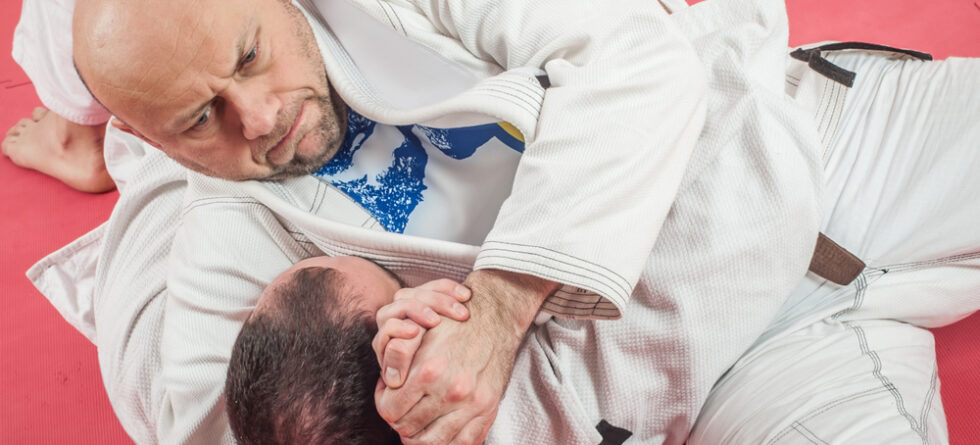No, the crucifix position is not inherently illegal in Brazilian Jiu-Jitsu (BJJ) competitions. The crucifix is a grappling position in which one practitioner controls both of their opponent’s arms using their own legs and arms, typically from a side control or top position. From the crucifix position, the practitioner can apply various submissions or control techniques to immobilize or submit their opponent.
However, while the crucifix position itself is not illegal, certain submissions or techniques applied from the crucifix position may be restricted or prohibited depending on the ruleset of the specific BJJ tournament or organization. For example, certain joint locks or chokeholds that target the neck or spine may be considered illegal or potentially dangerous, and their use may result in penalties or disqualification from a match.
BJJ competitions often have rules regarding the use of excessive force or pressure on the opponent’s joints, spine, or neck, which could result in injury. Practitioners are generally expected to apply techniques in a controlled and safe manner, prioritizing the well-being of their training partners or opponents.
Whether a particular technique or submission from the crucifix position is legal or illegal depends on the rules and regulations of the specific BJJ tournament or organization in which the competition is taking place. Competitors should familiarize themselves with the ruleset of the event they are participating in to ensure compliance and fair play during matches.




